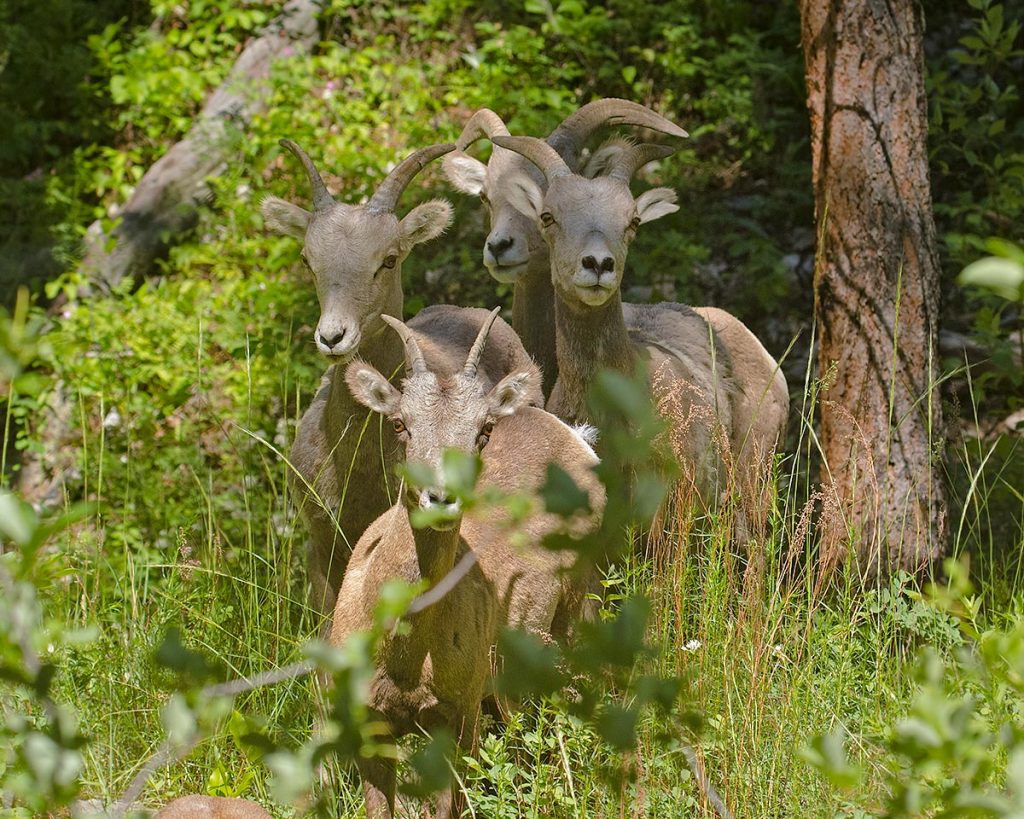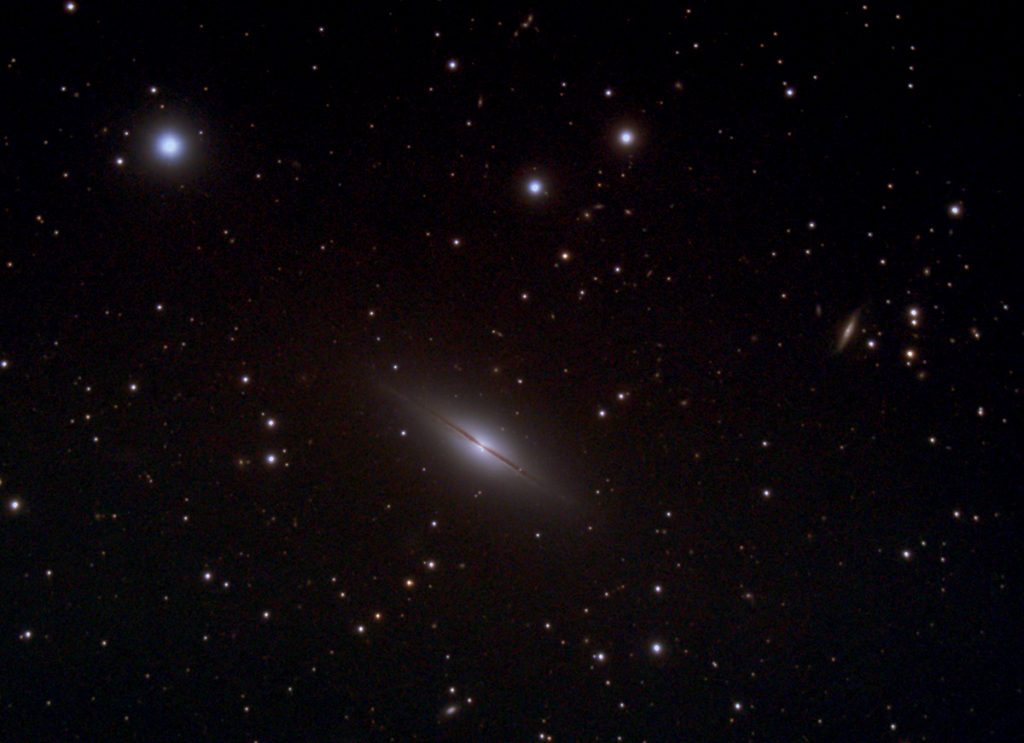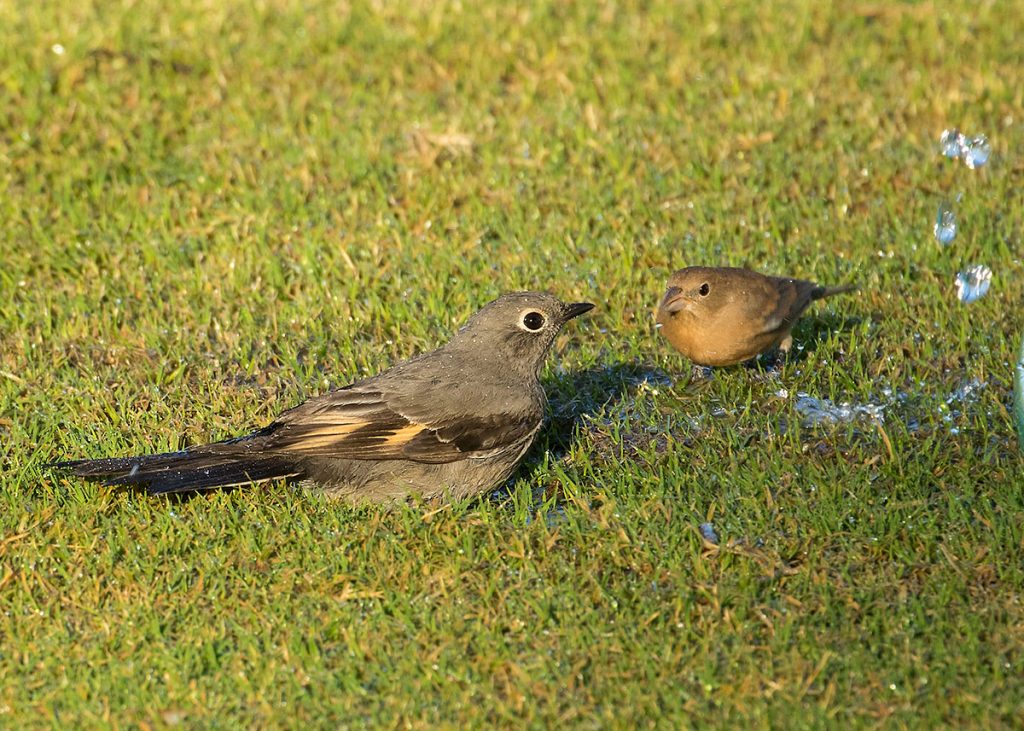I decided to leave the Black Hills. The National Guard left the meadow at my favorite camp site, so I moved there on Friday. While coming down the hill from my alternate site, the hitch jack caught on a rock and was bent. It still works but at an angle. Not an ideal situation. I can buy a new one and it should not be hard to replace (I already had to replace it once when it got bent in a gas station exit in Glasgow, MT years ago), but the bracket it mounts on may be bent too. I won’t know until I take it off. For now, it is functional. Anyway, I got set up at my site, hadn’t been there more than an hour when a Hahn mechanical tree processor came rumbling up the road, obliterating trees next to the road. I talked to the guy running it, he said there would be a bulldozer coming through next and then they would be hauling logs out on that road. Well, I knew this might be coming but I hoped it wouldn’t. I can’t put up with that kind of noise and I wasn’t about the take Scamp back up the hill that had just damaged it. So, this morning I packed up again and headed north, to the Slim Buttes. I’m here now, on the North Divide Road, camped on a dead-end spur road. Very quiet. The area has had a lot of rain and I worried that the mosquitoes might be bad but so far, I haven’t seen any.






















































